Shoes are essential, right? Unless you’re going barefoot in the park or at the beach, you probably wear shoes wherever you go. You probably also notice shoes wherever you go, because from New York to California, they are literally everywhere—and in so many different styles.
When it comes to shoes, there are also two main considerations to keep in mind: function and fashion. What is this shoe best suited for, and how should you rock it?
We’ll touch on the best occasions to wear these as well as some of the interesting origins of these shoes.
As you read, think of how many of these shoes are in your own closet. Maybe there are a few kinds you’ve never tried before and would love to own now. Maybe you have all of these shoes and need some time to reevaluate your closet for what does or doesn’t fit your sense of style. It may even be time for a wardrobe update.
Read on to learn about all the most popular types of shoes for ladies—from women’s sandals to boots and even the latest in shoe technology, you’ll find it all here.
- Slippers
Obviously, these are a must-have pair of shoes to have in your closet. Slippers are the hugs your feet crave after a long bath. They’re also perfect for when you first wake up in the morning and need something to keep your feet warm as you trudge to the coffee maker.
Slippers are just for wearing around and near your home. They’re not recommended for walking long distances or for wet weather conditions like snow or rain, since they’re not water-resistant. They’re the kind of shoes you’d probably want to keep inside at all times—aside from walking out to the mailbox or taking the dog out for a quick potty break.
Slippers have been found in different cultures of the world throughout history. In 4700 B.C., slippers were worn in ancient China by those in power. In North America, native people originally wore slippers, also known as moccasins, to protect their feet from the outside elements.
Moccasins
Traditional moccasins are made of animal hide or leather, though the specific animal depends on the area where the shoe was created. These moccasins have been and continue to be worn by various indigenous people throughout North America. They were originally made by tribal women who would stretch, dry, scrape, and smoke animal hides in the sun before cutting and sewing the pieces together.
The word moccasin comes from the Algonquin languages and can be loosely translated to footwear. Today, few people outside the indigenous tribes still wear traditional moccasins.
Instead, most commercial moccasins refer to shoes made of suede or leather without laces that can be pulled on when you get out of bed. Like slippers, these don’t usually go outside.
Today, these shoes are seen as cool, down-to-earth, and casual shoes to wear at home.
- Slip-on shoes
Modern slip-on shoes are low-cut with a slight heel. They are called slip-ons because they do not have any laces, though they can take some work to put your feet into.
There are a few varieties of slip-on shoes, such as the loafer—a leather shoe with a slight heel. Loafers were first invented in the 1930s, with several brands coming out with their own style during that time. These became widespread throughout the USA.
Since then, slip-ons have become just as common as casual shoes as they once were as more formal loafers. There are plenty of forms of casual slip-ons, but none are quite like Kiziks, the only lace-up slip-ons out there!
While loafers are still popular for their sleek style and ability to be worn in both casual and professional settings, modern slip-on shoes have evolved to new heights with Kiziks—so let’s talk about the newest innovation in slip-on footwear.
- Kiziks
While Kiziks are indeed a slip-on shoe (and possibly the only true slip-in shoe), the technology and innovation within our shoes are so advanced, we needed a whole other section just to talk about how unique they are.
Created in 2017, Kiziks are changing the landscape of footwear with our intuitive technology.
Thanks to HandsFree Labs® technology in conjunction with Rabbit Foam™ outsoles, as well as the Kizik commitment to comfort, style, and convenience, we have seen an explosion of shoe creativity. This shoe provides accessibility to everyone, not only through its technology, but through its vast range of sizes including different widths. That means there is plenty of space for you to find the right fit for you.
HandsFree Labs® technology
The hands-free aspect of Kiziks is made possible because of a titanium band in the heel of the shoe that creates a snug U-shape. This U-shape is super flexible while also staying secure. It can retain its shape around your heel and comfortably support your every step.
With Kiziks, there is no more crushing the backs of your shoes, trying to wedge your heels in there. Thanks to the titanium arc in the heel, your shoe will happily make space for your foot to enter. It will then spring up around your heel, giving your feet a secure hug you can feel all day long. And you don’t even have to loosen your laces.
Rabbit Foam™ outsoles
As for the outsoles, they’re not actually made out of rabbits. But they are going to get you springing forward because of how insanely cushy they are. You could stand in these shoes for hours and still be comfortable. That’s how serious we are about your comfort.
Lace up once, and you’re done
There is no need to untie your shoes to put them on. You lace your new Kiziks once, and after that, all you have to do is put them on and head out the door! No bending over or balancing on a chair to tie and untie your shoes.
The time that you save when you don’t have to lace up your shoes can reduce your stress in the morning when you’re on the way to work, which can make a huge difference in your mood. Plus, lacing up is a thing of the past. Why do it if you don’t have to?
Kiziks are where fashion meets function

Shoes can work with you without sacrificing fashion for functionality. Kiziks come in a range of beautiful colors, like the sunrise tones of these fabulous Women’s Athens. You can also keep it low-key and classic with an all-black look with these Women’s Madrid Eco-Knits.
This slip-on shoe has plenty of options for everyone, from older users to little kids. For older folks, the convenience of lace-ups that slip on isn’t all Kiziks offer; it’s also refreshing to find a stylish shoe that is easy to put on and take off.
Kiziks also provide an accessible option for children struggling with their fine motor skills. They can also be helpful for expecting mothers and people with poor balance, injuries, or disabilities. With Kiziks, there is simply no need for someone to bend down and tie their shoes.
Whether a Kizik wearer is hanging in their home office, buzzing around campus, bouncing their feet at work, running drills in the ER, or leaping around in a classroom, this is the safe splurge you’ve been waiting to savor.
- Sandals
Sandals are one of the oldest types of shoes, dating back to ancient Egypt, when Egyptians wove flat sandals made from papyrus and reeds.
Whether you live at the beach or in the city, sandals are a must-have. There are so many different styles to choose from, too, like slide sandals, heel sandals, and wedge sandals. So get that pedicure you’ve been holding out on and choose your favorite pair—whether you pick strappy sandals or platform sandals.
Sandals can be extremely comfortable, but you have to choose wisely. Test them out before you buy them to make sure they don't rub your heels and cause any potential blisters. Your feet will be stoked about all the fresh air.
- Flip-flops
We know, we know; these are basically a kind of sandal. But flip-flops have been found in ancient Egypt as well as in Mesopotamia and Rome. Each place had a slightly different iteration of this casual yet critical footwear. While flip-flops were essential in ancient times, they didn’t become mainstream again until somewhat recently.
To find something a bit more like our beloved modern-day flip-flops, you’d have to look to Japan. Zoris, the rubber flip-flops, came to the US in the 1950s and soon appeared on the feet of children and adults.
It’s hard to think of the beach without throwing flip-flops into the mix. They are almost as essential as a good sunscreen. But these versatile shoes go far beyond sun and sand—they make a great companion poolside and lakeside too. Take them to the gym the next time you hit the public showers for easy, peasy shower shoes that won’t bulk up your gym bag.
- Boat shoes
If sailing is in your near future, you’ll need a shoe that won’t scuff up the boat. You can avoid walking the plank with a pair boat shoes. Low-cut and rubber-soled, these shoes are easy to slip on and won’t leave black marks all over. Best of all, they’ll have you keep your footing with their grippy soles.
There are several different styles of boat shoes, and many resemble the loafers that became popular in the 1930s. These are still worn today by many casual sailors, but they’re not a typical choice for the professionals. In fact, many people who work on boats opt to wear boots instead of boat shoes.
- Boots
There are so many different kinds of boots—cowboy boots, riding boots, rain boots, Chelsea boots, hiking boots, and so on. Let’s discuss some of the most popular.
Cowboy boots
While you might consider cowboy boots to be a newer invention, boots have long been a popular fashion choice, dating back to the time of King George III and the 1700s.
But those boots weren’t made for the rigorous activities of the more modern cowboy. In fact, this boot style was similar to those of the 19th-century Hessians-and they were made for riding. Horse-riding, livestock-herding Spanish vaqueros in Texas and Mexico also wore boots modeled after the Hessians.
Chelsea boots
These shoes are ankle boots that originated in the 1800s specifically for Queen Victoria, who was worried about her laces getting caught in her stirrups. Later in history, the royalty of British bands (the Beatles and the Rolling Stones) were photographed wearing Chelsea boots too. Circa 2018, Chelsea boots made a giant comeback.
In the 2020s, Chelsea boots have become an integral aspect of the grunge revival movement. They still come in the same styles that they did back in the rock-n-roll 60s, but they’re now often worn by those who want a dressier take on grunge and streetwear.
Combat boots
Combat boots are taller boots that usually reach about mid-calf, and they are inspired by military footwear. They are often made of leather and have an edgy vibe that makes you feel invincible. However, they’re typically very difficult to put on due to an abundance of lace anchors or zippers, as well as stiff heels.
Combat boots gained popularity in the 80s and can hold up against rough conditions. If you live in a snowy city, these are great boots to incorporate into your closet.
Hiking boots
Hiking boots can be found in three different forms:
- Backpacking boots
- Light hiking boots
- Mountaineering boots
When choosing a hiking boot, consider the type of material you need for where you plan on hiking. For example, if you will be traipsing through swamps, go for synthetic. If you are heading up into the mountains, consider a split or full grain leather. Hiking boots can also provide different levels of ankle support, so be mindful of the height of your boot when choosing it.
This is nowhere near all the boot styles out there, but we highlighted some of the most popular.
- Heels
Heels have come a long way since people first started wearing them, and we appreciate their journey. Here’s a quick look at where heels have been the last several centuries.
A brief history of heels
Heels originated in Iran in the 10th century and were not yet for the runways. Instead, these heels were typically worn by Persian soldiers while riding horseback.
Through international trade, heels found their way to Italy, where they became a hotter commodity. They also started to look more like the heels we know today, except these heels were primarily for men.
In the 17th century, King Louis XIV of France was definitely rocking some heels and had multiple portraits of himself done while showing them off. His ideas of fashion inspired those around him, and finally, women got in on heeled shoes. They were very popular until the French Revolution, when people tried to distance themselves from aristocratic ideas.
During the 19th century, heels came back into fashion with women as the primary wearers. For a time, high heels fell in popularity again thanks to the second wave of feminism, but this didn’t last long. In the 80s, heels were reborn as fashion statement, thanks to representatives like Madonna and Freddie Mercury.
Different types of heels
Heels can look significantly different, depending on what kind you choose. Let’s discuss some of the most popular.
1. Platform heels: The platform heel is an emblem of the 1970s. They often feature a block heel that runs the length of the shoe. Platform heels elongate the line of your leg and create a new space for your outfits to explore.
2. Slingback heels: The slingback heel was the shoe to be wearing in 1973. If you’re wearing this heel, you’re participating in a history of looking slung back and chic, perfect for big city sidewalks.
3. Wedges: Wedges were a popular shoe of choice for women in the 1940s because cork was more plentiful than leather at the time. Now, wedges are considered best for the spring and summer months.
4. Kitten heels: These shoes have a classy, thin heel that’s only one or two inches tall. Women started to gravitate toward kitten heels when they were popularized by Audrey Hepburn.
- Clogs
Clogs carry a feeling of funky nonconformity with just a bit of attitude. You might be imagining hippies and bell-bottoms but really, these are appropriate in today’s culture as well. They’re not quite as common as they once were, but you may see 20-somethings ordering at a local coffee shop wearing black leather clogs.
Clogs have a rich history, dating back to the 1300s. By the time the Industrial Revolution occurred in Europe, they were extremely popular. Clogs are traditionally made of wood and were originally used to protect the wearer’s feet. They are also known for being incorporated into different traditional dances.
- Flats
Flats are great for business or casual events. Flats come in many shapes, colors, and varying levels of embellishment. You can sometimes find flats with ankle straps or laces that go up the calf. Ballet flats are a popular option, as are almond-toed flats.
One advantage of flats is that they are much quieter than heels. Sneaking in and out of the office or the nursery is a piece of cake with shoes this closely formed to your own feet!
- Oxfords
These shoes offer a quirky and vintage look that comes across as clean and sharp. This shoe will remind you of your own elegance when you rock it to teach a class, sit in a coffee shop, or give a presentation.
Oxford shoes have an exposed ankle with the laces hidden beneath the vamp of the shoe. There are five different types of the Oxford.
Saddles
These were a big deal in the 1950s and can still be found in some more strict school dress codes.
Classics
Classic Oxfords don’t really have much detailing. These are as simple as it gets, and are often worn with suits, vests, or cardigans.
Cap-toes
Cap-toe Oxfords are simple and just have caps over the toe box. This style isn’t quite as common as it used to be.
Wingtips
The wingtip Oxford has different designs incorporated along its borders.
Wholecuts
The wholecut style is a shoe made from one whole cut of leather. These have a distinct look that is hard to miss, even in a sea of more formal shoes.
These suave shoes come in a variety of color combinations and will confirm your self-confidence.
- Mules
Similar to Oxfords and flats, mules are smart, sophisticated-looking shoes. They’re almost like a slip-on combination of the Oxfords and the flats. There are so many different styles for mules, but all of them are guaranteed to be chic.
They don’t have backs, making it easy to get your feet in and out. They can also be flat or heeled, depending on the look you’re going for.
- Athletic shoes
Basketball shoes
If you’re planning to head to the courts any time soon (or you’re just really into fashion), basketball shoes might be for you. These shoes come in many colors and designs, and you can even customize your own. They tend to have extra ankle support, whether you plan on taking them to the court or not. Many people collect them due to their love for specific players.
People began playing basketball in the late 1800s, but it wasn’t until 1917 that a shoe was specifically designed for basketball. Basketball shoes were made popular by players like Charles Barkley and Michael Jordan, which pulled them into mainstream fashion.
Running shoes
Picking out the right running shoes is super important! To pick out a shoe that matches your running regime, consider where you plan on jogging. An ideal running shoe will be lightweight but still feature a solid heel with appropriate cushion, as well as a heel-to-toe drop that works for you. Additionally, double-check that there’s space in the toe box, so you don’t risk squishing your feet out on a run.
Many running shoes are also concerned with preventing overpronation or the feet rolling inward. Running shoes are not to be confused with track shoes, which have specific construction for running on tracks.
Training shoes
Yes, gym shoes and running shoes are different.
Running shoes are exclusively designed for running, but training shoes are built differently. Running shoes are made for heel-to-toe progression of momentum. Training shoes are made for that multi-directional and lateral movement, because you’re a superhero in the gym and need shoes that will meet your needs during each session.
What do you need in a training shoe? In this case, the heel-to-toe drop is lower than if it were a running shoe. You definitely need plenty of cushion and support. You might even want a shoe that lets you bend your toes in the toe box.
Because of the type of movements you might be making in the gym, traction is especially critical in this design. Be cautious as you choose shoes that will be your constant spotters, whether you’re lunging, bench pressing, or squatting.
Lace-up sneakers
We all love a good lace-up sneaker. Think gym shoes but for the street. Lace-up sneakers have all the pros of a gym shoe and all the fun style of a casual roll through the skate park.
Thankfully lace-up sneakers have been around since 3500 B.C., so they’ve been perfected over the years, like in medieval times when the eyelet was invented and became incorporated into shoes for easier lacing. Imagine lacing high tops without an eyelet!
Today you can find lace-up shoes that are low or high rise. You can tie your laces in a variety of ways for a myriad of subtle yet powerful looks. Lace-up sneakers can enhance an outfit for nearly any event!
Tennis shoes
This shoe is specifically designed to be worn on tennis courts, so don’t confuse it with a gym shoe or a sneaker, even though the names are often used interchangeably. Tennis shoes are designed to prevent the ankle from rolling and tend to have a boxier shape and a rubber sole.
You can also select a shoe with a sole more appropriate for whichever type of court you plan to play on, such as clay or concrete. Plus, the location you typically play in on the court can also determine what sort of sole your tennis shoes would need.
Conclusion
As you can see, there are plenty of shoes to have in your closet. From running shoes to cowboy boots, you have an array of shoes to choose from for any occasion or fun activity. Whether you have shoes packed with history or with the newest technology, there is always a style to fit your personality.
Maybe you live somewhere frigid or somewhere hot, but regardless, you should have no doubt—there are shoes for you! Proper footwear is critical to foot and body health because it's all connected.
So make sure your shoes fit your lifestyle and enable you to live your best life. If that means shoes that offer comfort and support without having to bend over to put them on, whatever the reason—Kizik has you covered. With lots of styles, colors, and sizes, we have a pair of Kiziks for you.
Sources:
Egyptian Footwear | Encyclopedia.com
Training Shoes vs. Running Shoes: What's the Difference? | Healthline
Moccasin | The Canadian Encyclopedia
The History of the Slipper | Ernest Journal
What High Heels Looked Like the Year You Were Born | Insider
The Surprising Story Behind the Rise of Flip-Flops | Marketplace



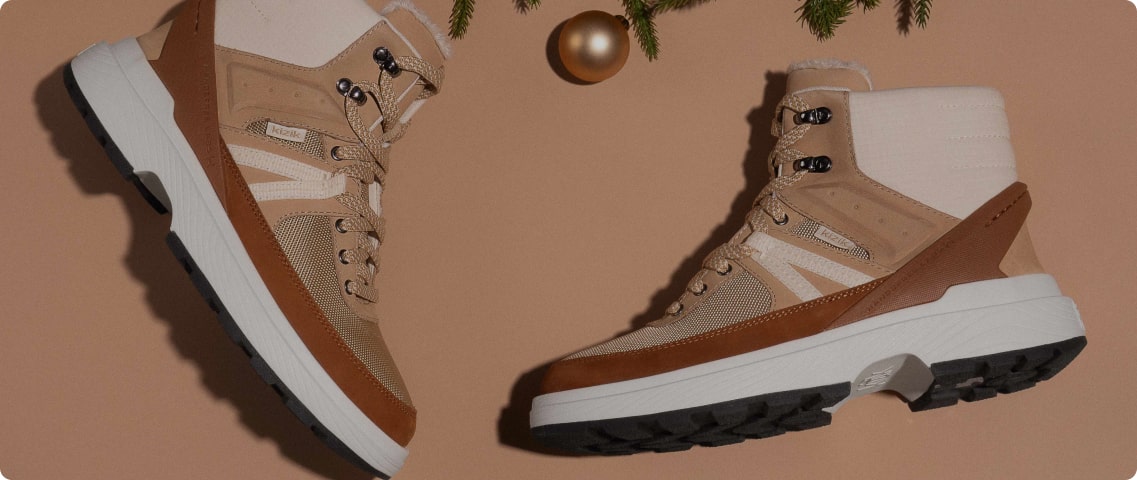
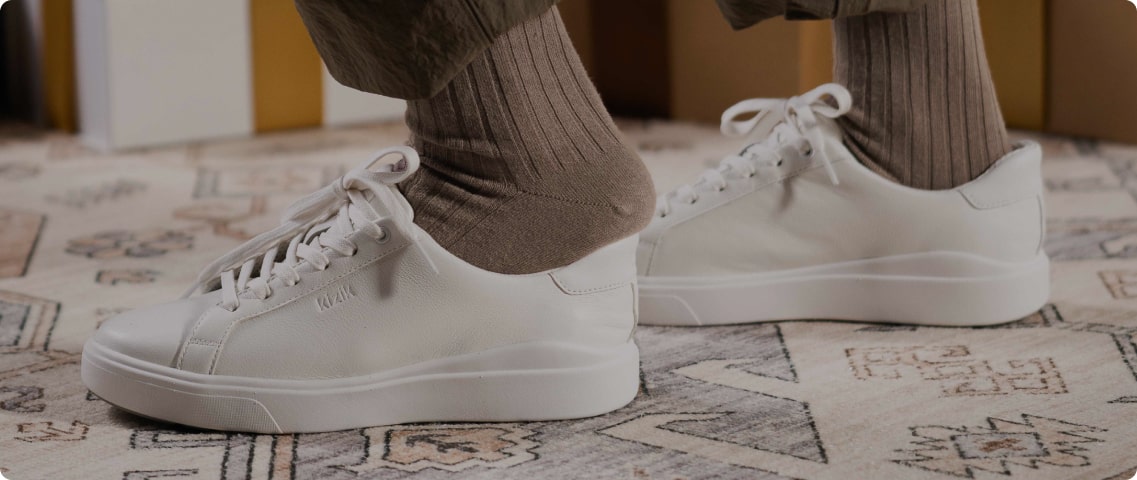
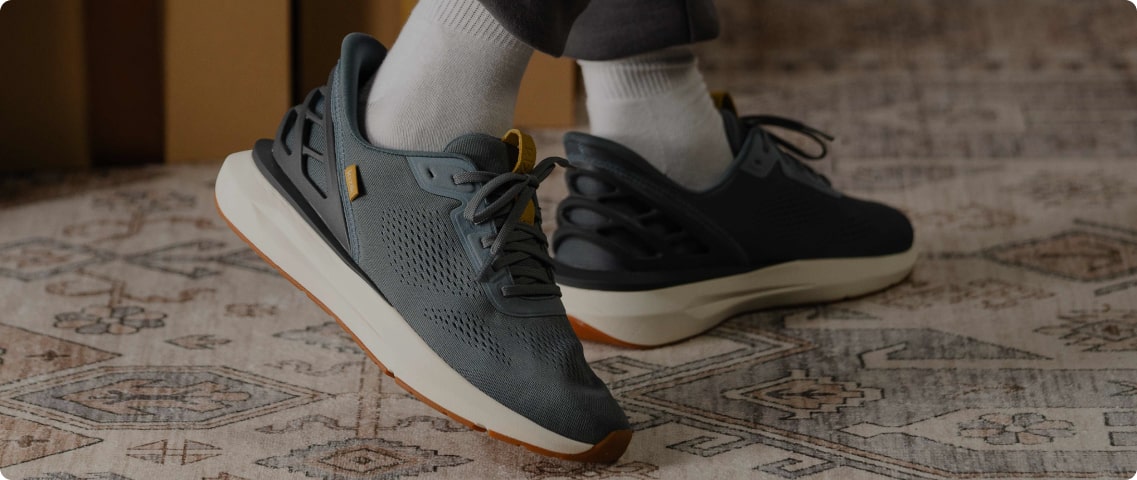


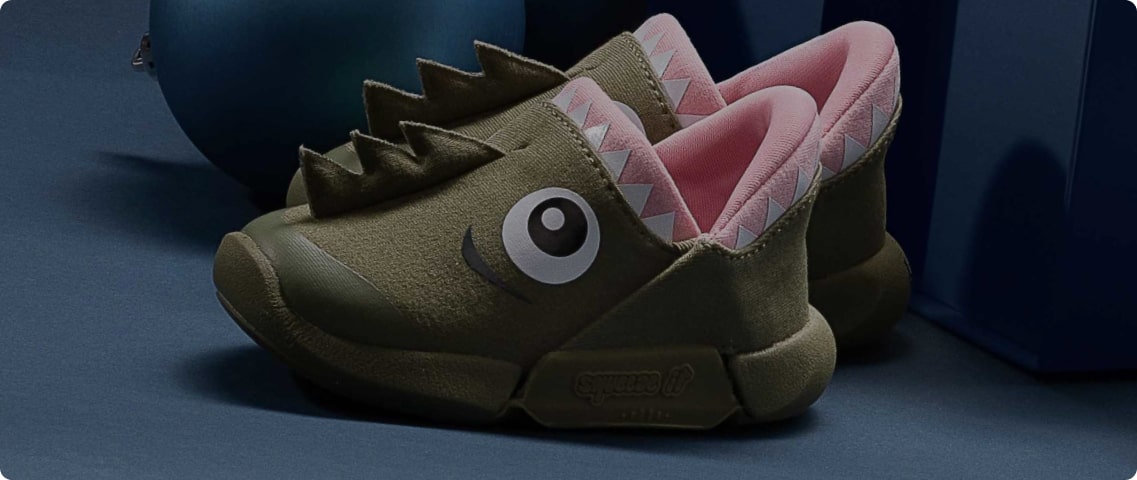
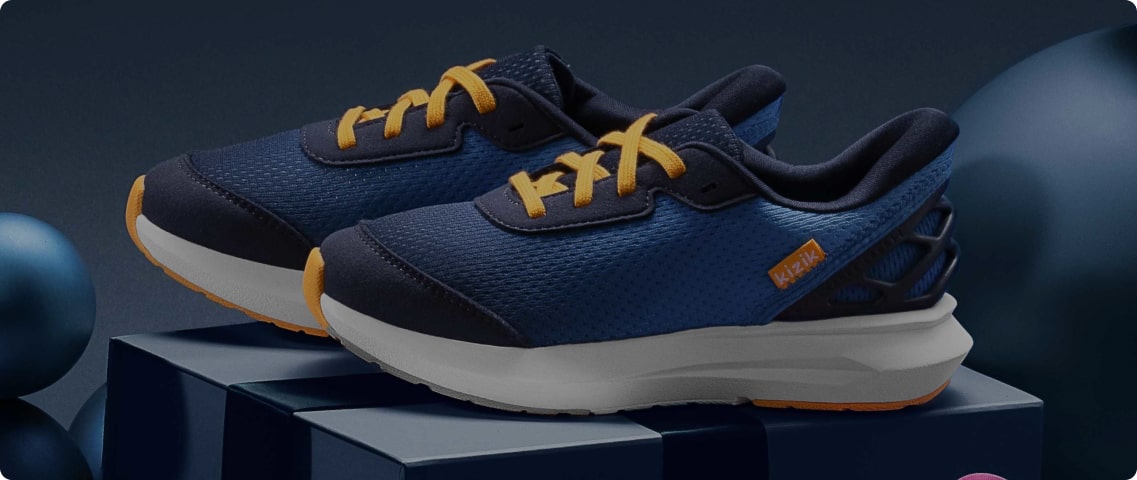
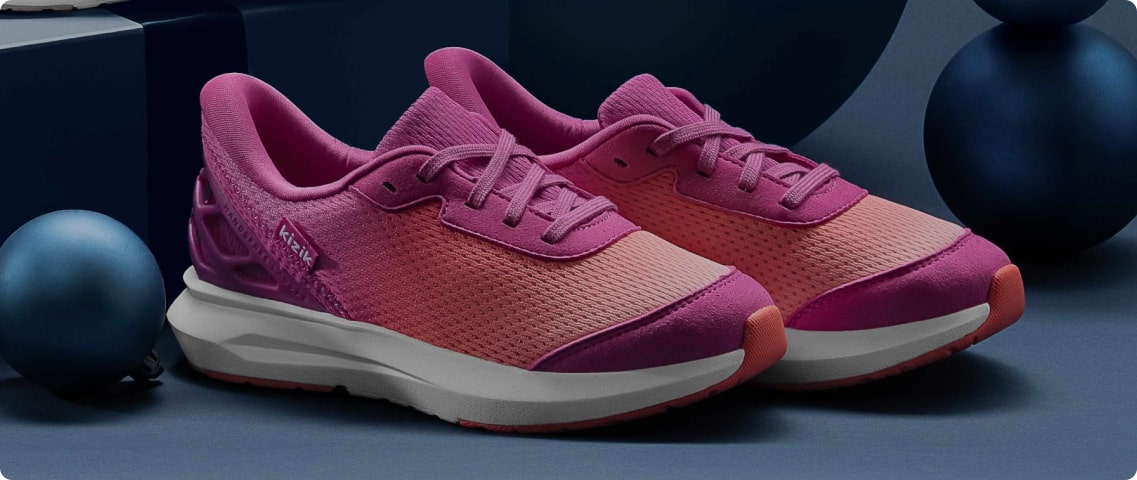

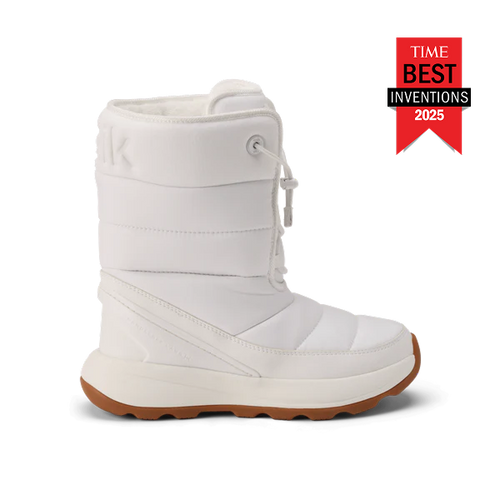


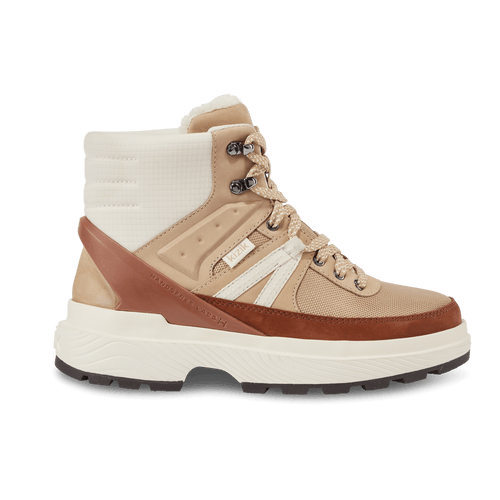
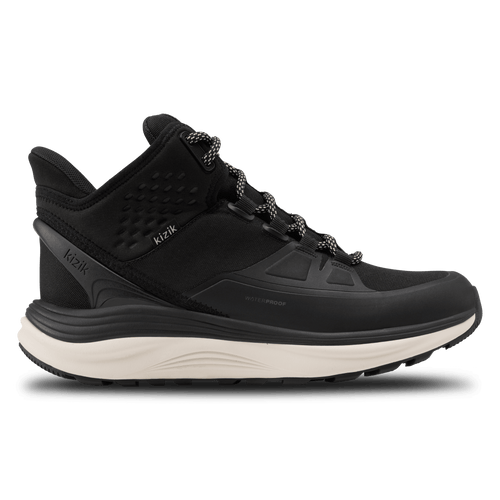








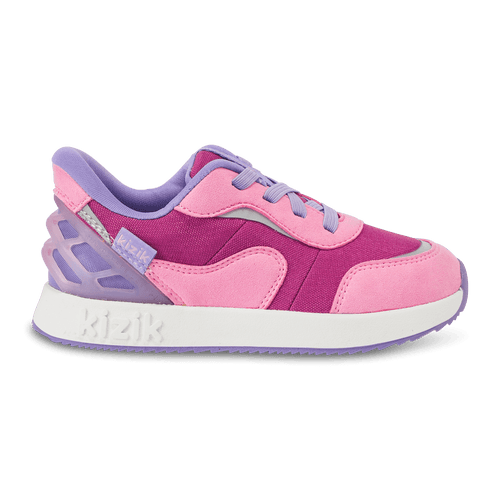

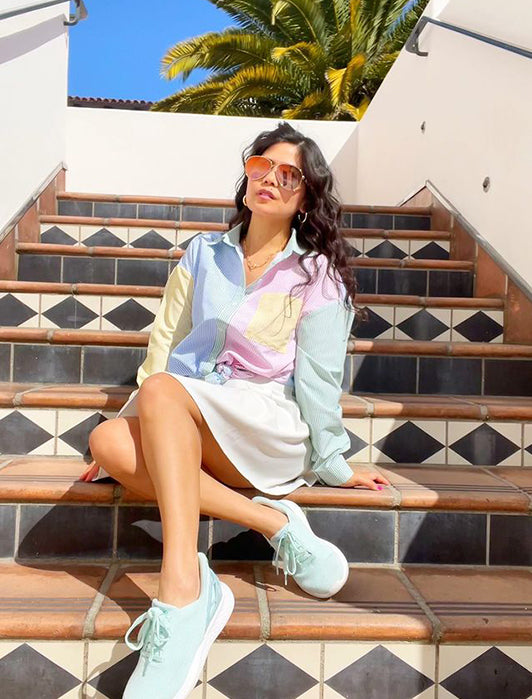
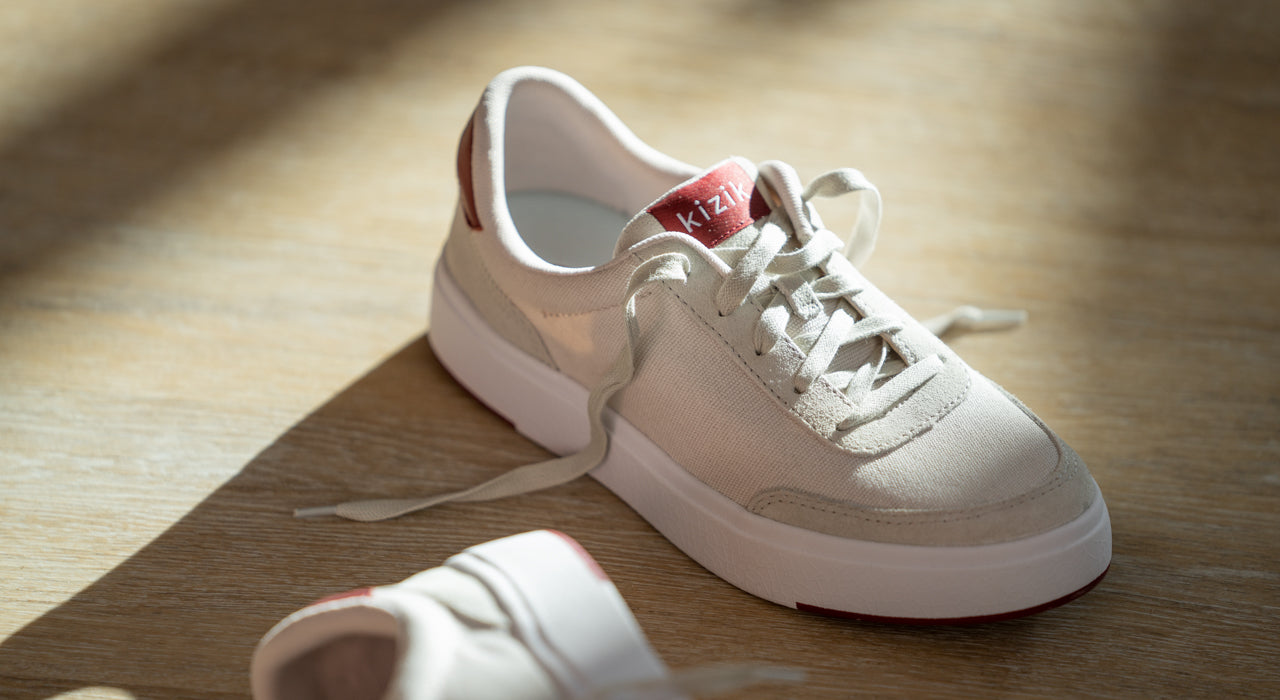
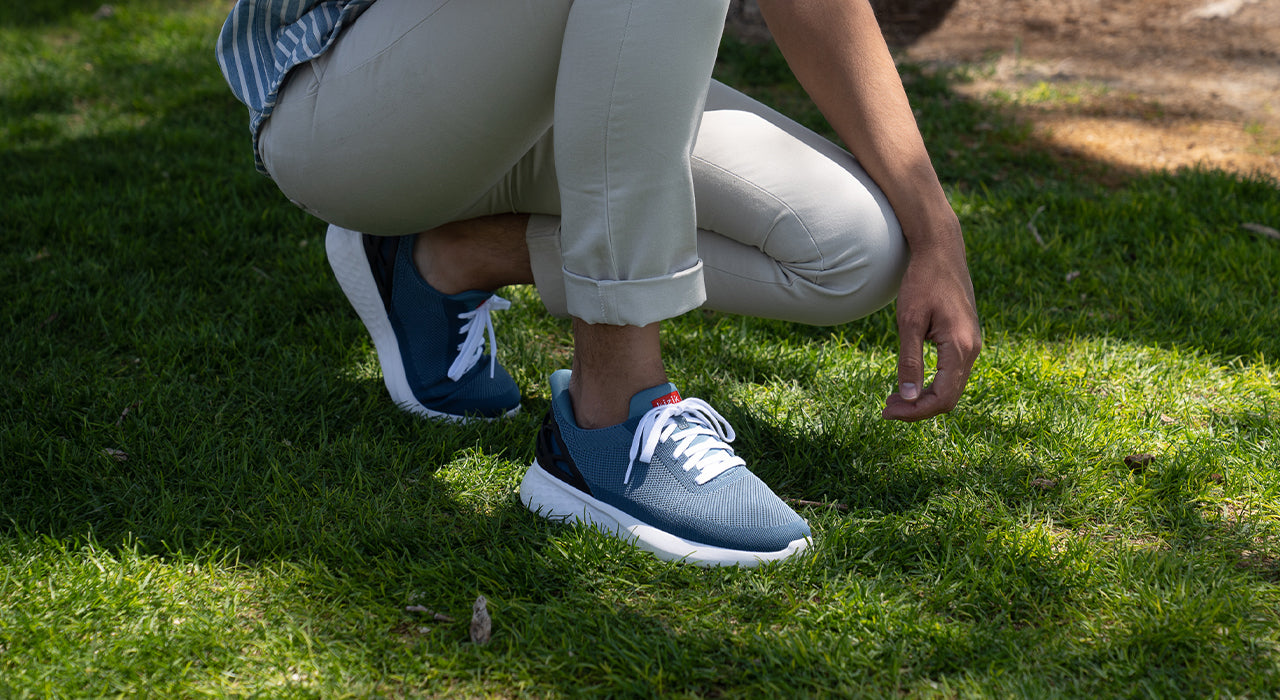
Leave a comment
This site is protected by hCaptcha and the hCaptcha Privacy Policy and Terms of Service apply.